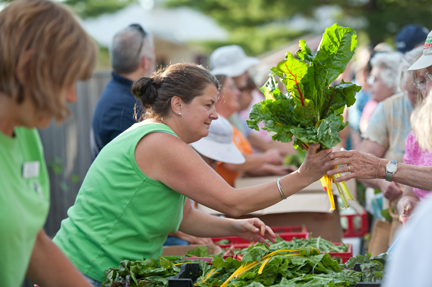How You Can Help
Maine’s Hunger for Harvest program relies on the collective efforts of home gardeners, farmers, corporations, and Master Gardener Volunteers to fight hunger. By donating surplus produce, providing resources, or volunteering, you can help deliver fresh, local food to those in need and build a stronger, healthier community.

Testimonial
I’ve enjoyed gleaning, delivering and growing for local food pantries and shelters. I’ve picked apples at Spiller’s Farm, potatoes from Zach’s Farm and Riverside Farm and I’ve watched my colleagues do the same.
– Maine Master Gardener Volunteer

Questions?
For more information about Harvest for Hunger, contact your local county Extension office or complete and submit our contact form.


